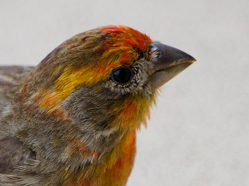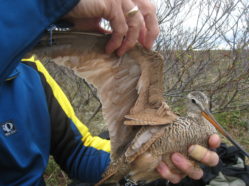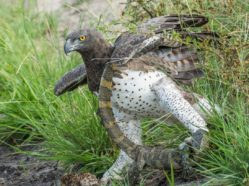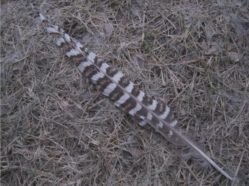Tracking Cultural Evolution in House Finch Song, Part 2
So what did we learn about how House Finch songs have changed since the 1970s—the equivalent of a millennium of cultural evolution in human terms? Here are the main results, and how we interpret them.








